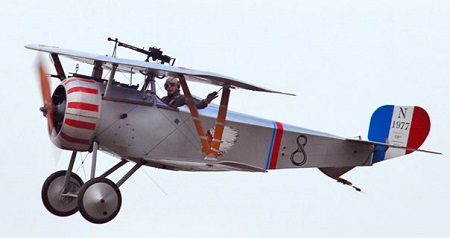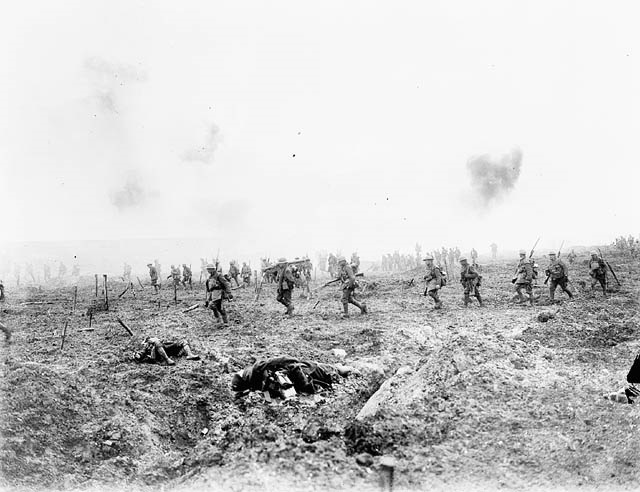About one hundred years ago, millions were involved in war – a war later to be known as the War to End All Wars. It was a global conflict of brutality, propaganda and technological advance — a war of survival and humanity and courage.
Trench warfare forced soldiers to adapt to new technology and new techniques in order to survive – something my grandsons and I learned on a recent visit to the Canadian War Museum.
The helmet, the respirator and the Lee Enfield rifle were all introduced in 1916. The helmet was in response to shrapnel artillery shells. The respirator provided some defense against chlorine and phosgene gas. The Lee-Enfield bolt-action, magazine-fed, repeating rifle replaced the unsuitable and much hated Ross Rifle.
One hundred years ago, thousands of miles of trenches crisscrossed the western front. Between the opposing trench systems lay No Man’s Land — a battered killing zone across which soldiers had to move in order to attack.
Howitzers were used to pound trenches and targets at the enemy’s rear. The eight-inch Howitzer could fire an enormous high-explosive, 200-pound shell up to seven miles. The trajectory of fire was very high, with the shell plunging downward to deliver a devastating explosion.

Shrapnel shells were designed to burst in the air, producing a cone–shaped whirl of deadly metal. Soldiers suffered horrific wounds as pieces of shrapnel ricocheted inside the body, causing further internal damage and gaping exit wounds.
The Creeping Barrage was a key to victory on the Western front. This moving wall of artillery fire forced the enemy to remain under cover, unable to fire on the attacking infantry as they moved across No Man’s Land.
Control of the air was essential for victory on the ground. Canadians played a key role in the British air services as fighter and reconnaissance pilots, aerial observers, mechanics and flight instructors. The Nieuport 17, introduced in 1916, featured a powerful engine and a synchronized Vickers machine gun. It became one of the best allied fighter planes of the war.
Improvements in combat surgery and new techniques like blood transfusions meant almost 90 per cent of all wounded soldiers who received medical treatment survived.
Doctors learned to treat the terrible wounds of modern warfare, and served in the front lines or within range of enemy artillery. Causalities were so heavy that more than half of all Canadian physicians served overseas to meet the demand.
Canadian nurses were trained medical professionals, but nothing could have prepared them for the horror of battlefield wounds — more than 3,000 served in the Canadian Army medical corps. Their wartime service assisted women to receive greater recognition within the medical profession.
To pay for the enormous cost to equip our personnel overseas, the federal government imposed a business profits tax in 1916, and an income tax for individuals in 1917. Proposed as a temporary emergency measure, the income tax became permanent.
And, almost every city and town across Ontario and the country launched campaigns to raise money. Women worked without pay to provide countless supplies and gifts, including warm clothing, bandages and food.
To quote a popular phrase of the time, everyone was encouraged to, “Do your bit,” in support of soldiers and winning the war.
A century has passed, and we remember the tremendous impact of the War to End All Wars. For the Silo, Haldimand-Norfolk MPP Toby Barrett.


Leave a Reply
You must be logged in to post a comment.